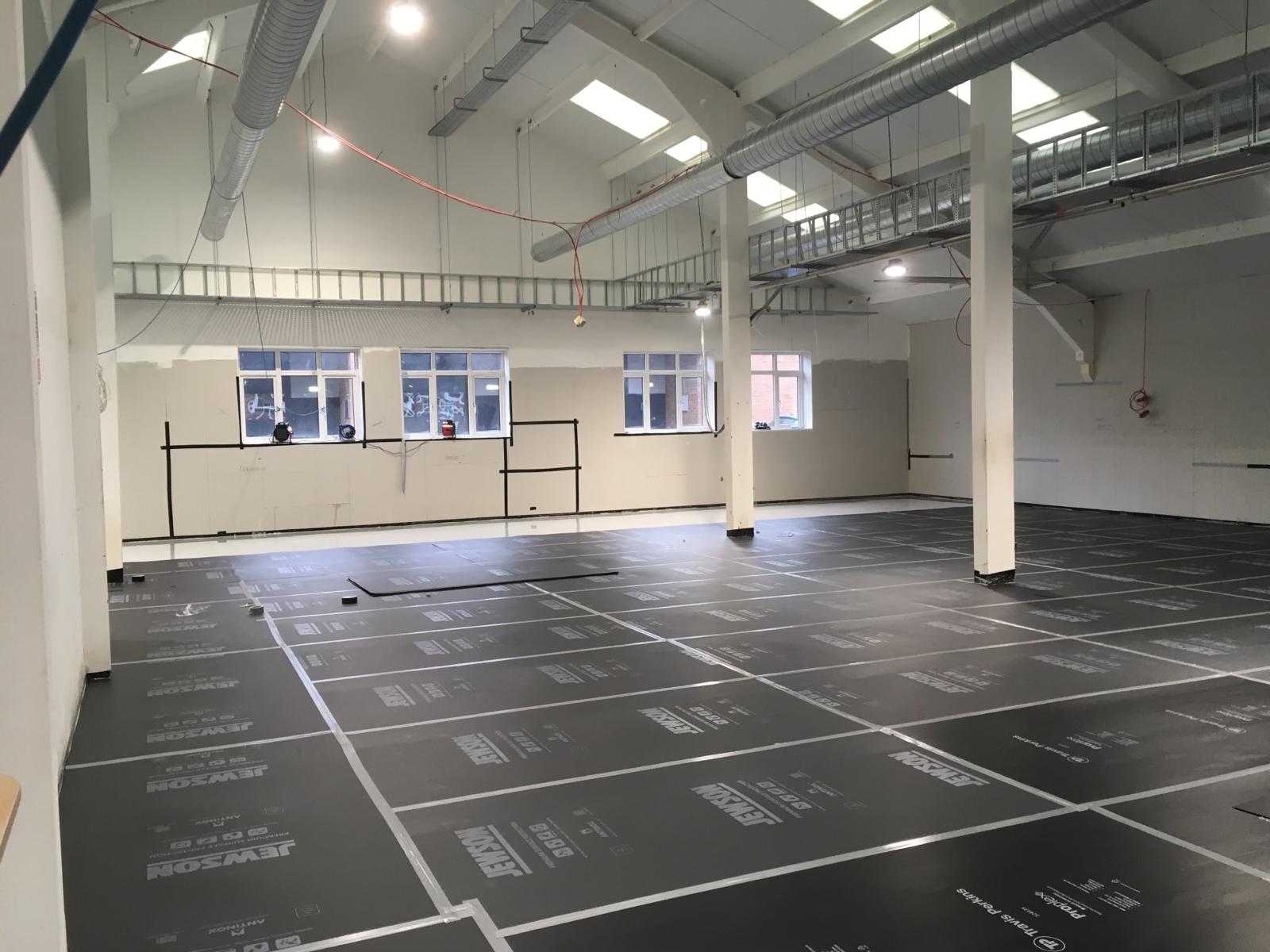Elastomeric Coating: Usage and Benefits
December 29, 2024

Elastomeric paint is widely used in industrial and residential buildings for roofing and cladding. The water-based paint protects the substrate from water, UV rays, and extreme weather conditions.
What is elastomeric coating?
Elastomeric coating is a waterproofing solution applied to the exterior of a building or wall. The paint is generally thicker than ordinary wall paint. The thick coating helps to bridge tiny, hairline-like cracks on the surface and makes it waterproof.
Components of elastomeric painting
Elastomeric paint is manufactured using polymers that contain a long chain of molecules. This chain of molecules provides flexibility to the thick coating of elastomeric paint. It makes it sustainable for a long time. The elasticity of a thick rubber-like coating remains under extreme heat and extreme cold.
Types of elastomeric paint
Acrylic elastomeric paint: This type of elastomeric coating is more suitable for sloped roofs. It contains approximately 52% solids and 48% water, and it is also called water-based elastomeric paint. However, it does not have excellent ponding water resistance, so you should not use it on a substrate where water may remain for 48 hours. Otherwise, the water will melt the acrylic paint and wash it away.
Silicone elastomeric paint: This paint is more resistant to ponding water. Hence, it can be used on roofs where rainwater may be expected to remain for longer hours. This type of elastomeric paint is 96% solid with approximately 4% of the carrier.
Urethane: Urethane has the most resistance against water impact. This quality of the elastomeric paint makes it ideal for roof waterproofing. However, it is also more expensive than the other two variants.
Usage of elastomeric painting
Now, let's examine some of the uses of elastomeric painting.
Waterproofing: Elastomeric paint is an excellent option for waterproofing your industrial or residential building. The thick rubber-like coating helps to feel cracks on the surface and protects the substrate from water.
Maintaining building aesthetics: You also use elastomeric paint to colour the industrial building. Adding customised colour to the paint will help improve the building's aesthetic value. As it is sustainable for a long time, you will not be required to paint within a few years due to faded colour.
Heat resistance: Elastomeric paint's heat resistance and protection against UV rays make it ideal for cladding on industrial or residential buildings. It helps keep the room temperature low during summer, reducing the additional energy needed to lower the room temperature.
Benefits of elastomeric coating
Coating flexibility: Elastomeric coatings are flexible, making them suitable for roof cladding or waterproofing. They can expand with the expansion of the substrate under extreme heat and regain their previous condition in cold weather.
Low environmental impact: The thick, rubber-like elastomeric paint coating can withstand extreme weather conditions, such as extreme heat or cold; its flexible nature makes it perfect for waterproofing or cladding walls.
Easier to apply on different substrates: You can apply elastomeric paint as primer or cladding. The paint is suitable for any substrate, whether metal, concrete or others. The range of suitable substrates makes elastomeric paint acceptable to contractors from different industries.
When should I use elastomeric painting?
As you know, elastomeric paint can be used to clad or primer walls. You can use it when you complete the building's construction process. Otherwise, you can use it to clad after the painting is done. It will help protect the substrate from extreme weather conditions and help maintain its structural integrity.
Elastomeric paint can be used for waterproofing when the existing roof coating is at the end of the warranty. Otherwise, it can be used as a protective coating if there are signs of cracks or degradation of roof materials.
Conclusion
Elastomeric paint is popular among industrial and residential property owners for several reasons. Flexibility and durability are the main reasons for using it as a waterproofing material and a wall coating. You can use it to waterproof your roofs and as a heat-resistant coating. However, silicone-based elastomeric paint is more resistant to ponding water.
The paint is suitable for applying to any substrate, making it an excellent option for painting steel, wood, or concrete surfaces. If you are looking for a painting contractor, contact us at Commercial Painters London. We are a reliable painting contractor that serves industrial and residential buildings equally.
Recent Blogs
- Important Tips to Follow Before Choosing Your Commercial Painting Contractor
- Eco-Friendly Paints: A Sustainable Options for Commercial Buildings
- The Benefits of Professional Commercial Painting Over DIY Solutions
- Few Tips to Successfully Complete Your Residential Painting
- Elastomeric Coating: Usage and Benefits